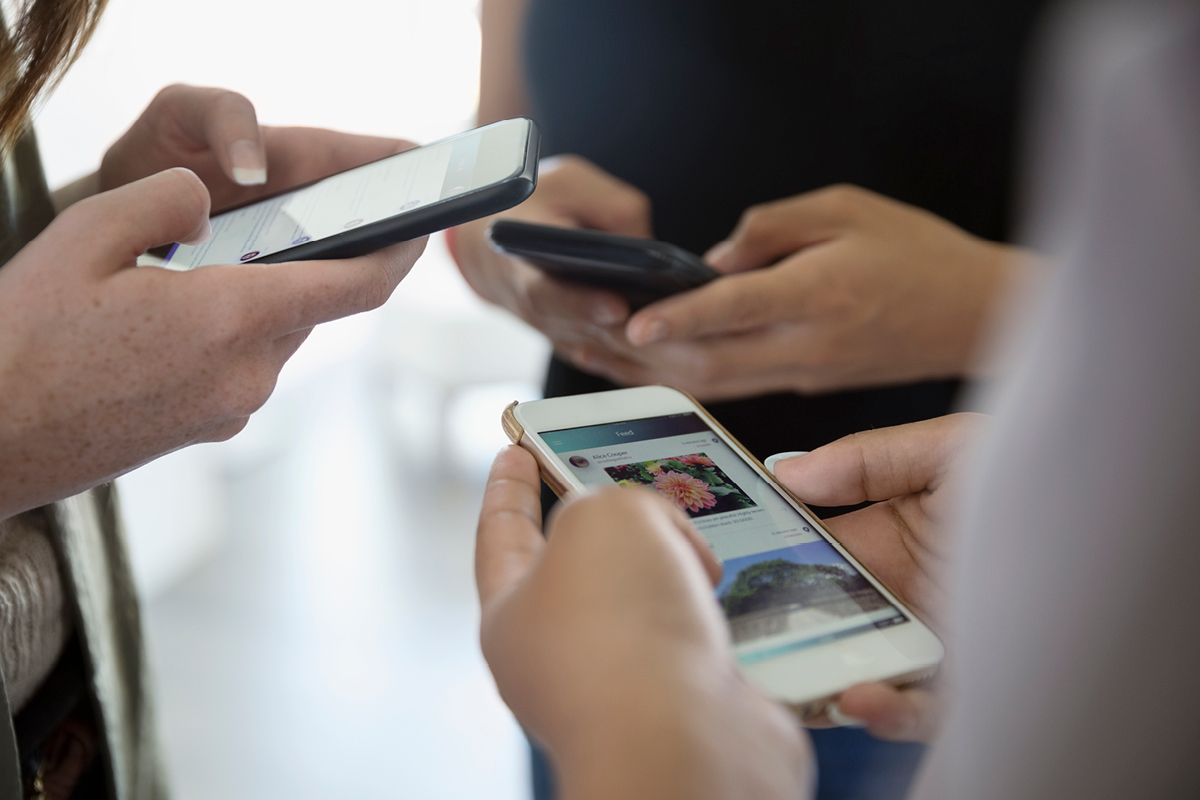The business world has changed significantly over the past 10–20 years. The exponential rise of mobile internet devices and improved connectivity has gifted leaders the opportunity to work from anywhere at any time, blurring the lines between work and home.
The rise in wearable, smart technology has enabled real-time data and insight sharing, assisting us in making faster, more informed decisions. Despite the myriad benefits that come with recent technology advancements, however, many of us still get sucked into a productivity blackhole on a regular basis.
Receiving emails, text messages and other notifications can be literally addictive because dopamine, a feel-good chemical, is released into the blood stream. It helps explain why 80% of people check their phones first thing in the morning.
Many leaders today find it increasingly difficult to attend to what matters most. They are switched on for too long (without adequate rest and recovery time) and suffer from the ‘Law of Distraction’, which states that the more distractions we have, the less we can achieve (something many leaders are oblivious to). Energy flows where our attention goes; therefore, the more distractions we have, the more diluted our focus becomes.
The stats below related to the average office worker’s day speak volumes:
- They receive at least 200 messages and spend close to 2.5 hours reading and responding to emails
- They switch between tasks over 300 times
- They spend 56 minutes using their mobile phone for non-work activity
And of course, distractions can be very bad for your health too. A study by the Virginia Tech Transportation Institute found that 68% of car crashes in the US had distraction as a contributing factor. Multitasking has also been found to reduce cognitive function.
Extensive research by the likes of Stanford University, University College London and York University demonstrate that daily multitasking makes leaders less effective (including reduced ability to prioritise).
According to a recent study by the University of California, it takes just over 23 minutes to get back on task after being distracted. Therefore, the post-distraction period in many cases is way more damaging than the distraction itself. Distraction costs leaders valuable time, energy and the ability to engage in quality, meaningful thinking.
So what can leaders do to minimise distractions and become more productive?
-
Turn off or greatly reduce the number of notifications received
This includes Messenger; WhatsApp; Email, Microsoft Teams, and others. Thinking about your role and the main outcomes you are trying to achieve before asking – what do I need to know? And how often do I need to know it?
-
Take control of your email inbox
This includes reducing the number of times you check it each day (the average is around 15); creating email-free zones; setting up inbox ‘rules’; avoiding ping-pong emails by calling the person instead. Many executives can cut email time in half through better habits.
-
Use your peak periods wisely
There are certain times each day when we have greater energy and focus. Therefore, it makes sense to schedule the most critical (and often the most mentally demanding work) during those times.
-
Remove physical distractions
Just sitting near someone who is multitasking reduces your comprehension by a whopping 17%. With 70% of office spaces being open plan, minimising your exposure to other people’s screens and activities makes sense.
-
Practise mindfulness meditation
More and more leaders are discovering the power of mindfulness meditation. It is a great way to train your brain to be improve concentration because each time you notice your mind wandering off from whatever you’re focusing on, you intentionally bring your attention back to the object of your attention. The Headspace and Mindfulness Apps offer some great tips and tools to get you started.
By reducing distractions and becoming more focused, leaders can achieve more than they dare. What steps will you take towards becoming a more effective and efficient leader?







